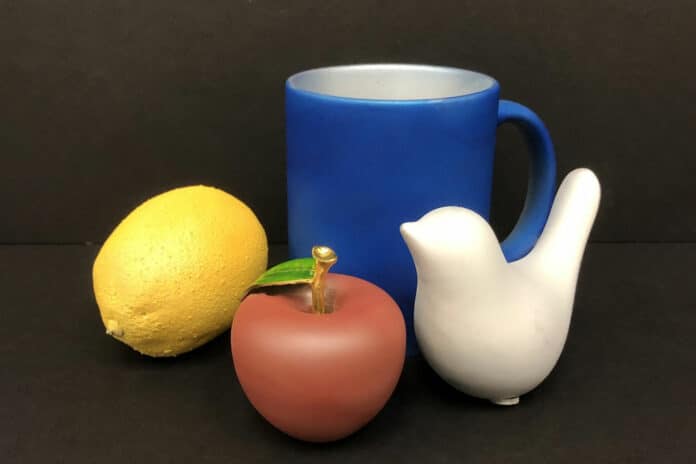Energy consumption for residential space heating and cooling has experienced a dramatic increase in recent years. Space heating and cooling consume about 13% of global energy use every year and account for about 11% of greenhouse gas emissions. To address these issues, the development of advanced materials that promote energy savings in heating and cooling is gaining increasing attention.
Stanford University researchers have invented a new kind of paint that can keep homes and other buildings cooler in the summer and warmer in the winter. Produced in a wide array of colors, the newly invested paint can significantly reduce energy use, costs, and greenhouse gas emissions.
The new paints have two layers applied separately. The lower layer contains aluminum flakes that reflect up to about 80% of high mid-infrared light, preventing heat from getting through. And an ultrathin, infrared transparent upper layer consists of inorganic nanoparticles that come in a wide range of colors.
The idea is that the paint could be applied to exterior walls and roofs to keep heat out during hot weather and to interior walls to keep heat inside during cold weather. The color layer also reflects some near-infrared light, enhancing the reduction in air conditioning.
Researchers have tested their newly invented paints in white, blue, red, yellow, green, orange, purple, and dark gray colors. They found new paints ten times better than conventional paints in the same colors at reflecting high mid-infrared light.
The new paints reduced the energy used for heating by about 36% in experiments using artificial, cold environments and for cooling by almost 21% in artificial warm conditions.
Next, the research team ran an experiment in a typical mid-rise apartment building in different climate zones across the United States with the new paint on exterior walls and roofs. They found total heating, ventilation, and air conditioning energy use declined by 7.4% over the course of a year.
Furthermore, the researchers tested the durability of their paints in various situations. They were water-repellent, and their performance and aesthetics were not diminished after continuous exposure for one week to high temperatures (176 degrees Fahrenheit or 80 degrees Celsius), low temperatures (-320.5 degrees Fahrenheit or -196 degrees Celsius), as well as high acidic and low acidic environments.
Researchers say the new paints can also be applied to trucks and train cars used for refrigerated transportation, in which cooling costs can take up to half the transportation budget.
“Our team continues to work on refining the paint formulations for practical applications,” said the study’s other co-lead author, Jian-Cheng Lai, in the press release. “For example, water-based solutions would be more environmentally friendly than the organic solvents we used. That could facilitate the commercialization of the paints.”
Journal reference:
- Yucan Peng, Jian-Cheng Lai, Xin Xiao, Weiliang Jin, Jiawei Zhou, Yufei Yang, Xin Gao, Jing Tang, Lingling Fan, Shanhui Fan, Zhenan Bao, and Yi Cui. Colorful low-emissivity paints for space heating and cooling energy savings. PNAS, 2023; DOI: 10.1073/pnas.2300856120
